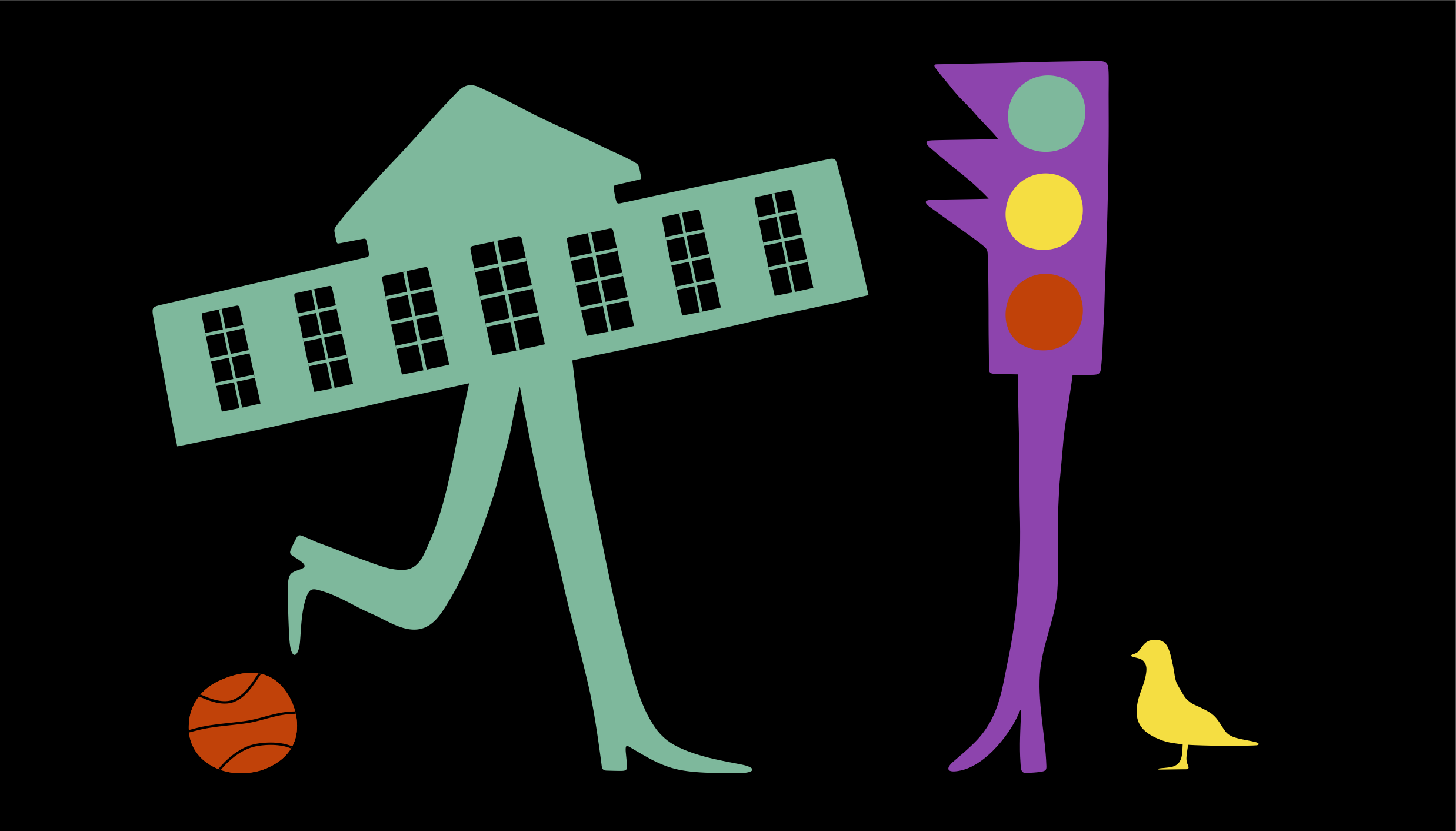The term was coined by Michel Serres in 1955. See Michel Serres, Atlas (Madrid: Editorial Cátedra, 1994).
Rosi Braidotti, “On Post-humanism,” Kaai Theater, March 4, 2020, ➝.
This contribution is selected and developed from the seventy-five proposals that were gathered through a nomination process. It was co-produced with Ana Dana Beros, Ana Filipovic, Ana Vogelfang, Angelika Fitz, Armina Pilav, Augustin Schang, Aurora Tang, Britanny Utting, Bryony Roberts, Charlotte Malterre Barthes, Dubravka Sekulic, EDIT Collective, Eva Franch i Gilabert, Fani Kostourou, Isabella Moretti, Joanne Pouzenc, Lisa Brawley, Mara Usai, Meike Schalk, Mimi Zeiger, Poligonal, Rebekka Kiesewetter, Sara Brolund de Carvalho, Sarah Nichols, Shayari de Silva, Teresa Dillon, Thorsten Lange, and Tinatin Gurgenidze.
